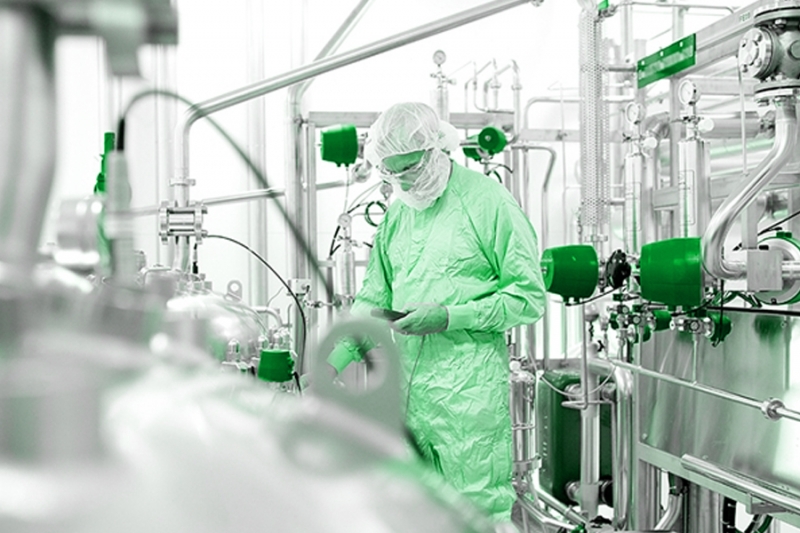Cleanroom classification particle count
The basis of cleanroom standards is the micrometer, or micron for short (µm), which is the size of the particles to be filtered. As stated before, cleanrooms are classified by how clean the air is, according to the quantity and size of particles per volume of air. The cleanroom classification table below shows the maximum concentration limits (particles/m3 of air) for particles equal to and larger than the considered sizes shown.
Some classifications do not require certain particle sizes to be tested because the respective concentrations are too low or too high to be tested, but they should not be zero.
How to read the cleanroom classification particle count graph
For ISO 7, particles smaller than 0.5 microns (≥0.1 µm, ≥0.2 µm, ≥0.3 µm) are not taken into consideration. The concentration of particles of ≥0.5 µm and above should be below 352,000, for particles of 1 micron and above 83,200 or lower and for particles of 5 microns and above 2,930 or lower.
Cleanroom classification and air changes per hour
Air cleanliness is achieved by passing the air through HEPA filters. The more often the air passes through the HEPA filters, the fewer particles are left in the room air. The volume of air filtered in one hour divided by the volume of the room gives the number of air changes per hour.
Cleanroom class and cleanroom layout
Depending on the class of cleanroom you would like to reach, it is important to allow for enough square footage. This is critical not just for the clean zone, but also for the airlocks/gowning room which prevent the migration of particles from outside into the clean space.
The rule of thumb is that you should not skip over more than one class when you move towards a cleaner room (for example, from ISO 7 to ISO 6, not from ISO 8 to ISO 6), as illustrated below. In reality, however, you can reach a cleaner class with fewer airlocks than described below with the appropriate air changes per hour. This depends on the process taking place inside the cleanroom, the size of the cleanroom, the number of people working inside, the equipment inside, etc. Seek the help of a cleanroom expert who can create the optimal layout for your particular needs.











